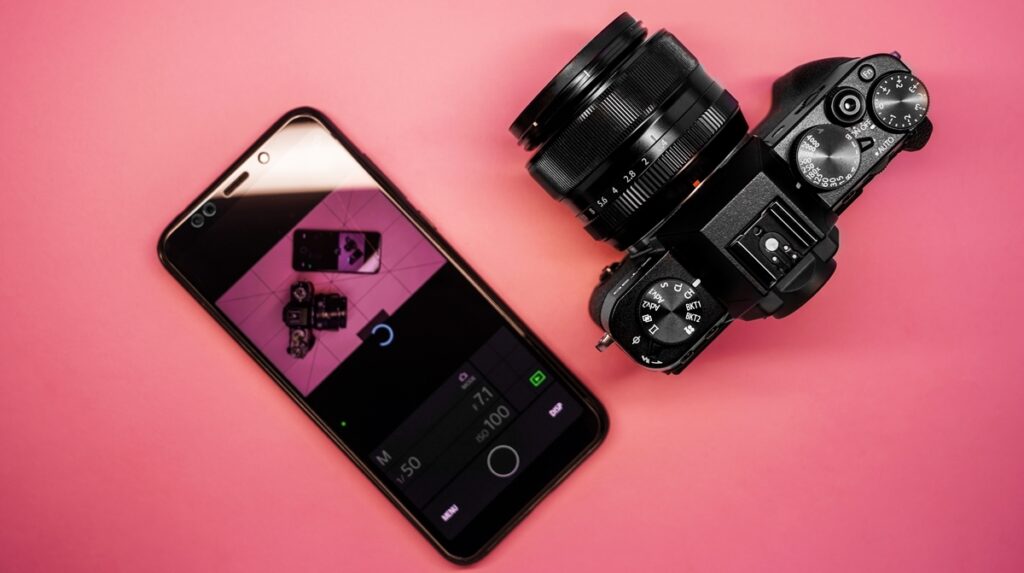
Would a 200MP camera phone always take better pictures than a 48MP camera phone? Well, maybe not always. Surprised? This blog is for you because here we will debunk the MP or megapixel myth—more specifically, the notion that a higher number of MPs guarantees better phone photography.
Evolution of Smartphone Cameras: From Megapixel Importance to Advancements in Image Processing
In the past, higher megapixel counts were associated with better smartphone camera performance, signaling improved photo resolution and camera hardware quality. However, this perception began to change around 2015-2016. Phones like Google’s Pixel and Apple’s iPhones demonstrated exceptional photography with lower megapixel counts, thanks to advancements in image processing, starting with HDR and evolving into AI-powered photography.
Return to Megapixel Race: Why Megapixels Matter Again
Recent flagship phones, such as Samsung’s Galaxy S21 Ultra, S22 Ultra, and S23 Ultra, as well as Google’s Pixel 8 Pro and Apple’s iPhone 14 Pro, have embraced higher megapixel counts, ranging from 48MP to 200MP.
Increasing megapixels means capturing higher-resolution images, providing more data for advanced algorithms to process. This theoretically leads to better photos, with enhanced sharpness, detailed foregrounds, and improved low-light performance.
Hardware Limitations: The Smartphone vs. Camera Debate

Despite increasing megapixel counts, smartphone camera sensors have inherent limitations compared to dedicated cameras. Factors like sensor size and lens quality contribute to the ongoing debate about smartphone photography versus traditional cameras.
Also read: Is a DSLR camera still better than a smartphone camera?
AI Smarts and Image Signal Processing: The True Deciders
While megapixels play a role, a smartphone’s photography capabilities heavily rely on AI processing and image signal processing. The Galaxy S23 Ultra’s 200MP camera might not outperform the iPhone 15 Pro Max’s 48MP camera due to differences in processing and color reproduction.
Even with similar main camera sensors, the processing applied by different manufacturers can result in distinct photography styles. For example, Pixel phones prioritize dynamic range, while iPhones emphasize contrast, catering to individual preferences.
Do Megapixels Matter? Yes and No.
In conclusion, the importance of megapixels in smartphone cameras is complex. While higher megapixel counts provide more data for processing, the ultimate photography quality depends on a phone’s image processing capabilities and software.
Choosing the Best Camera Phone
For those seeking a phone based on camera capabilities, it’s recommended to refer to a list of the best camera phones, where factors beyond megapixels are considered, ensuring a satisfying photography experience.
Samsung, iPhone, and Google Pixel phones are generally known for having good to exceptional cameras. If you are interested in purchasing them in new or used conditions, explore OLX Pakistan’s listings.








Leave a Reply